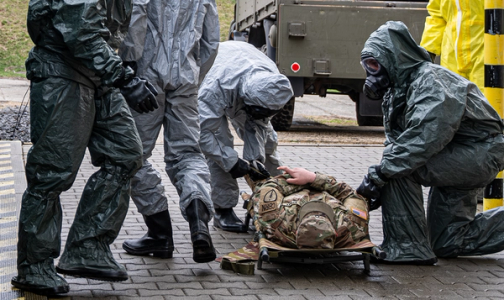Pioneering treatments for toxic exposures
Our research and development efforts are advancing class-leading solutions for vital unmet needs in the treatment of heavy metal contamination.

Program
HOPO-101
Focus Area
Radiological Hazards
Stage
Phase 1
Program
HOPO-101
Focus Area
Lead Poisoning
Stage
Preclinical
Program
HOPO-101
Focus Area
Toxic Heavy Metals
Stage
Discovery



HOPO-101: A novel drug designed to remove harmful heavy metals from the body
HOPO-101 is a clinical-stage drug candidate being studied for its ability to selectively bind and promote the rapid clearance of a range of heavy metals from the body. It is uniquely designed to effectively remove harmful metals while largely sparing the essential metal ions that are crucial for maintaining normal, healthy function of the body.More about the science